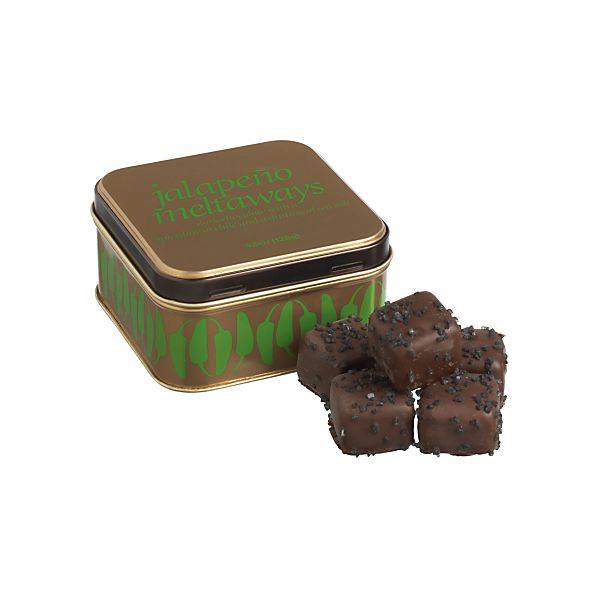













Ah’-voh-KAH-doh OY-il
Avocado Oil, derived from the fruit of a tropical American tree, is a rich, fatty-acid emollient. Avocado Oil is known to be the most moisturizing of any fruit oil. It is also a natural source of Amino Acid proteins, Vitamins A, D, E, and potassium. Helps to restore the natural moisture of the skin.

BAY-tuh KA-ruh’-teen
Beta-Carotene is a naturally derived antioxidant predominantly found in many orange/red vegetables such as carrots. It is used in Vitamin A production and gives an orange tint when used in skin care products.

SHAY BUH-t'r
Shea Butter is the natural fat obtained from the fruit of the African Karate tree and is widely used in lotions and cleansing products for its hydrating properties. Protects skin from dehydration, restores skin's suppleness and improves the appearance of dry skin.




